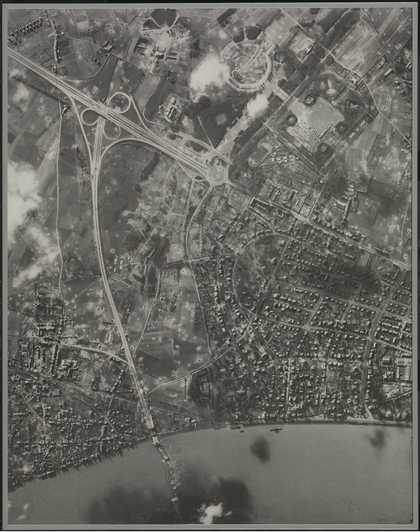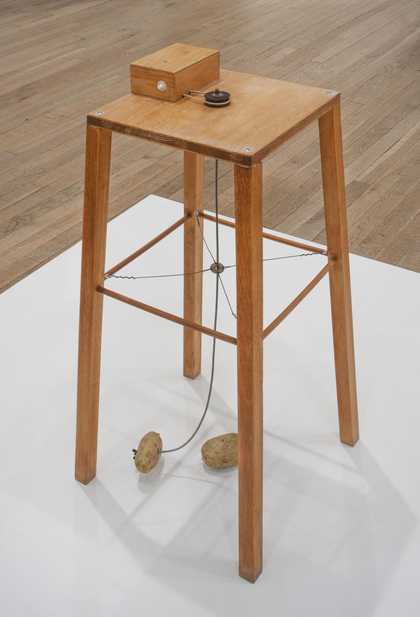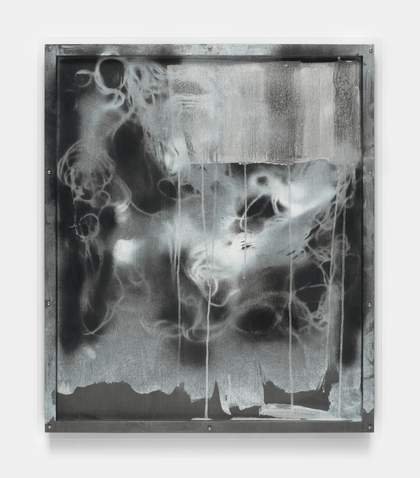Art From Köln aims to show the quality and diversity of work by artists living in Cologne, Liverpool's twin city. Cologne is approximately the same size as Liverpool, and has been facing similar economic difficulties if compared to the general prosperity of the Federal Republic.
However, Cologne's lively atmosphere and cheap standard of living has helped make it one of Europe's most important centres for contemporary art: more than two thousand artists drawn from all over Germany and beyond live in the city, and more than sixty commercial galleries help to provide a living for many of them. This year, the City of Cologne has promoted an exhibition of contemporary art which has cost more than ÂŁ1,000,000, taking place in the vast Trade Fair buildings, and which will be seen by tens of thousands of visitors over three months.
The people who buy the art and all the people who enjoy going to the exhibitions ensure that artists in Cologne can take part in a continuous discussion about the quality, purpose and meaning of their work. Each group of works in this exhibition can be enjoyed for its immediate impact. But it can also be understood as a part of peoples' lives; they 'follow' it as closely as any sport, and their appreciation of it grows with their involvement.
Art From Köln is divided into four sections:
The first contains paintings by the two most celebrated artists now working in Cologne, Gerhard Richter and Sigmar Polke.
Next there is a display of historical photographs by August Sander from before and after the Second World War, and by Chargesheimer (his real name was Carl-Heinz Hargesheimer) from the 1950s and 60s.
Thirdly there is a room for viewing a selection of video tapes by five of the artists who have helped to make Cologne recognised as a European centre for video art; Ulrike Rosenbach, Bettina Gruber/Maria Vedder, Klaus vom Bruch and Marcel Odenbach.
The last room has been divided to make five separate exhibition areas for five artists working in quite different ways from each other: Christa Näher, Hubert Kiecol, Rosemarie Trockel, Walter Dahn and Thomas Locher.




